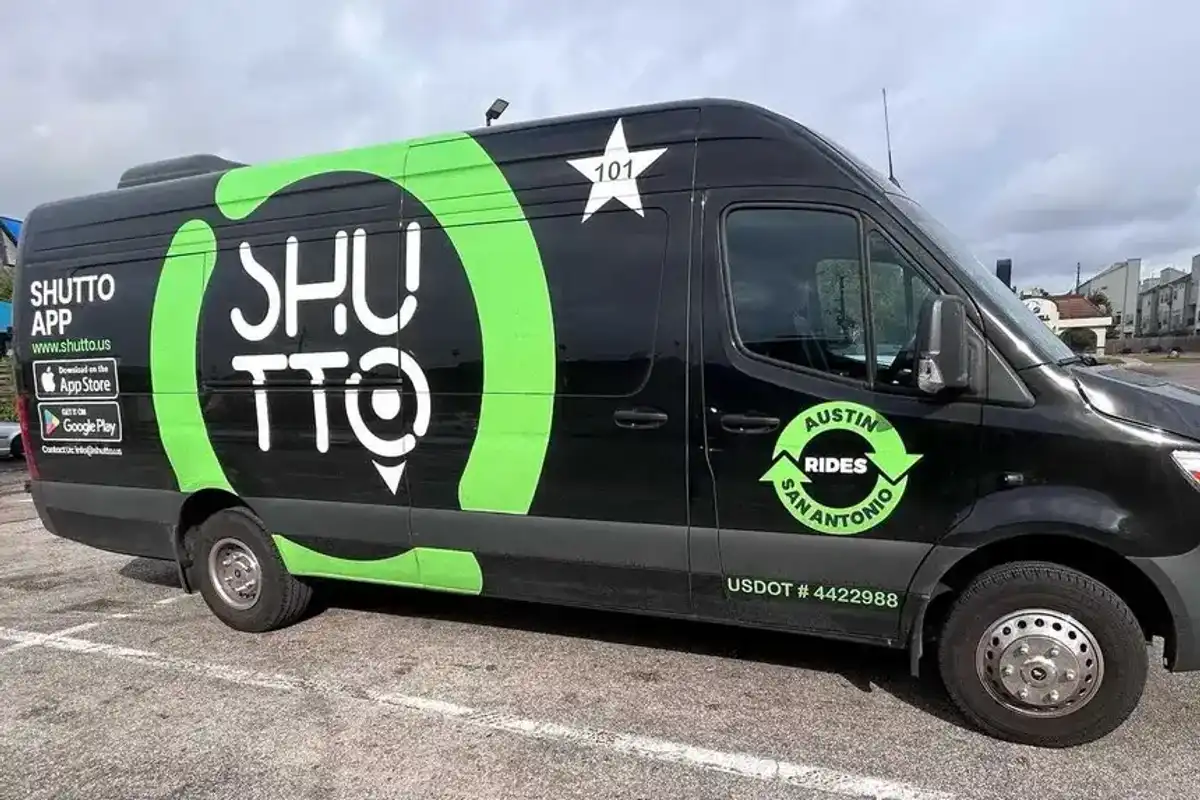Neurodegeneration is one of the cruelest ways to age, but one recent donation is invigorating research with the goal of eradicating diseases like Alzheimer’s.
This month, Laurence Belfer announced that his family, led by oil tycoon Robert Belfer, had donated an additional $20 million to the Belfer Neurodegeneration Consortium, a multi-institutional initiative that targets the study and treatment of Alzheimer’s disease.
This latest sum brings the family’s donations to BNDC to $53.5 million over a little more than a decade. The Belfer family’s recent donation will be matched by institutional philanthropic efforts, meaning BNDC will actually be $40 million richer.
BNDC was formed in 2012 to help scientists gain stronger awareness of neurodegenerative disease biology and its potential treatments. It incorporates not only The University of Texas MD Anderson Cancer Center, but also Baylor College of Medicine, Massachusetts Institute of Technology (MIT) and Icahn School of Medicine at Mount Sinai.
It is the BNDC’s lofty objective to develop five new drugs for Alzheimer’s disease and related disorders over the next 10 years, with two treatments to demonstrate clinical efficacy.
“Our goal is ambitious, but having access to the vast clinical trial expertise at MD Anderson ensures our therapeutics can improve the lives of patients everywhere,” BNDC Executive Director Jim Ray says in a press release. “The key elements for success are in place: a powerful research model, a winning collaborative team and a robust translational pipeline, all in the right place at the right time.”
It may seem out of place that this research is happening at MD Anderson, but scientists are delving into the intersection between cancer and neurological disease through the hospital’s Cancer Neuroscience Program.
“Since the consortium was formed, we have made tremendous progress in our understanding of the molecular and genetic basis of neurodegenerative diseases and in translating those findings into effective targeted drugs and diagnostics for patients,” Ray continues. “Yet, we still have more work to do. Alzheimer's disease is already the most expensive disease in the United States. As our population continues to age, addressing quality-of-life issues and other challenges of treating and living with age-associated diseases must become a priority.”
And for the magnanimous Belfer family, it already is.





